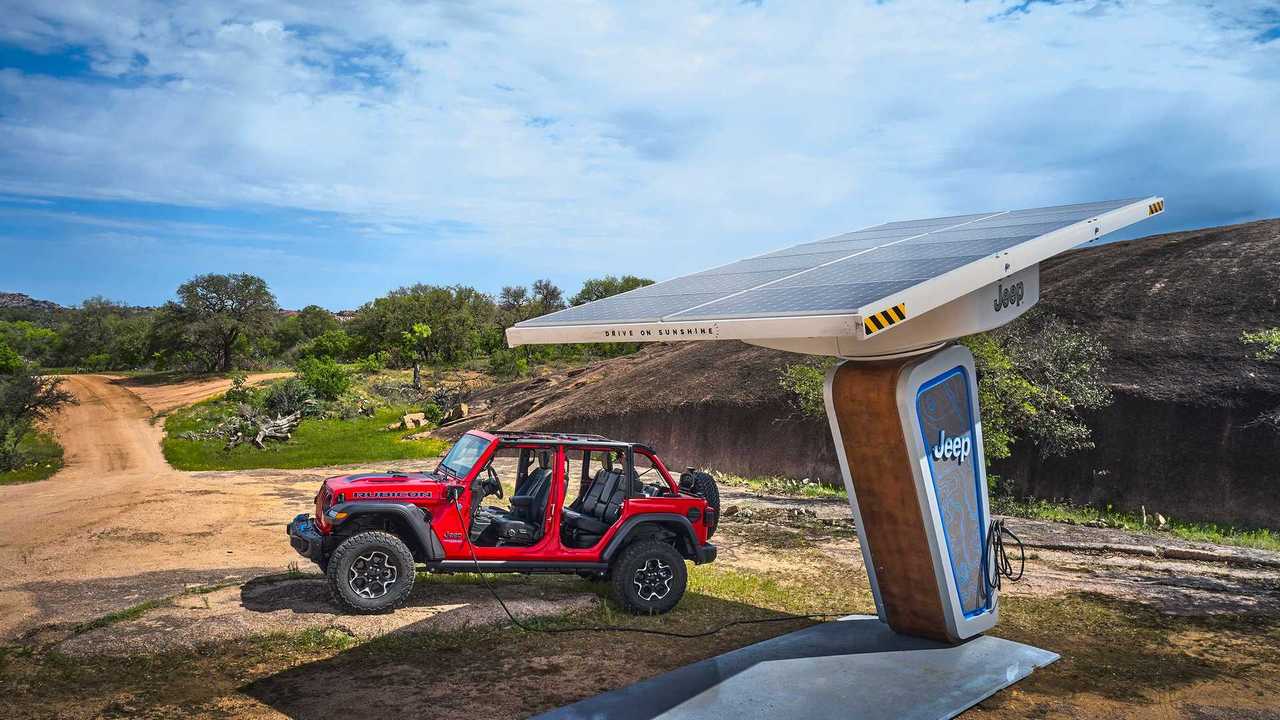People have noticed that EV sales growth is softening. Some have taken this to mean that EV adoption is stalled, and that the answer is to bet on plug-in hybrids (PHEVs). That’s not necessarily true. New data from research firm Bloomberg NEF shows that the relationship between PHEVs, EVs and overall demand is a little more complicated than what appears at first glance. PHEVs sales are growing, but EV sales are a much larger percentage of the market and growing even faster.
“It is true that plug-in hybrids, also known as PHEVs, have been gaining traction. These vehicles, which have both a battery and an internal combustion engine, saw sales figures grow a whopping 48% from 2022 to 2023,” wrote Corey Cantor, EV analyst for Bloomberg NEF. “Yet even that impressive acceleration failed to keep up with battery-electric vehicles (BEVs), which saw sales grow 51% in 2023 – and from a far higher base,” he continued. In the U.S., full EV sales crested 1.1 million units, compared to only 281,000 PHEVs.
Get Fully Charged
Consumers want more electrified options
EVs are still gaining market share, but some buyers are hesitant to make the full switch. Manufacturers like GM, Ford, BMW and more are pursuing PHEVs as a way to bridge the gap between ICE cars and full EVs.
The report also shows that Stellantis group products account for a staggering 46% of overall PHEV sales; Options like the Jeep Wrangler 4xe, and Chrysler Pacifica Hybrid take up a huge portion of that number. Toyota and Lexus PHEV models are a distant second place, comprising 15% of total PHEV sales. Kia, Hyundai, and Volvo (Geely) models make up the rest, but their EV sales numbers surpass their PHEV sales.

Does that mean PHEVs are a non-starter? No, but sales numbers show that the PHEV question hasn’t been fully answered. PHEVs are often sold as a solution to an EV intender’s hesitance due to range anxiety. Yet, in practice, it’s not clear if PHEVs can quite fit the bill all of the time, or if they make financial sense. For example, Bloomberg BNEF’s battery price survey showed that PHEV batteries are nearly three times pricier per kWh compared to an EV, $343/kWh in 2023, compared with $128/kWh for EVs. The $7,500 IRA tax credit could help defray some of those costs, but cars like the Toyota Prius Prime and RAV4 Prime are made in Japan and do not qualify. Considering that PHEVs make up less than 2% of Toyota’s sales numbers, I can’t see Toyota reconfiguring its manufacturing logistics to court such a small amount of sales.
Still, the PHEV technology feels somewhat underdeveloped, even compared to BEVs and non-plug-in hybrids. For instance, models like the Jeep Wrangler 4xe don’t have much range or good economy when out of full EV mode. More options of sophisticated, well-priced PHEVs with larger EV range coupled with proper education on how to use the vehicle effectively could get more buyers behind the wheel.
Contact the author: kevin.williams@insideevs.com
The global automotive industry is currently experiencing a shift towards sustainability and eco-friendly transportation options. As the world focuses on reducing carbon emissions and combating climate change, electric vehicles (EVs) have emerged as a popular choice for environmentally-conscious consumers. However, a recent report has highlighted an interesting trend in the market – the demand for EVs is still outpacing that of plug-in hybrids.
According to the report released by a leading research firm, sales of EVs have continued to surge in recent years, with many major automakers investing heavily in developing and producing electric cars. The growing infrastructure for charging stations and government incentives for purchasing EVs have also contributed to the rise in demand for these vehicles.
On the other hand, sales of plug-in hybrids, which combine a traditional gasoline engine with an electric motor and battery, have not seen the same level of growth. Despite offering the benefits of reduced emissions and increased fuel efficiency, plug-in hybrids have struggled to capture the attention of consumers in the same way that EVs have.
The report points to several reasons for the disparity in demand between EVs and plug-in hybrids. One key factor is the rapidly advancing technology in the EV market, with longer ranges and faster charging times making electric cars a more attractive option for many drivers. In addition, the availability of more affordable EV models has made them a more accessible choice for consumers looking to make the switch to electric vehicles.
Another factor driving the demand for EVs over plug-in hybrids is the increasing awareness of climate change and the need for sustainable transportation solutions. With governments around the world setting ambitious targets for reducing carbon emissions, many consumers are choosing EVs as a way to lower their environmental impact and contribute to a cleaner future.
Despite the growing demand for EVs, plug-in hybrids still have their place in the market. For some drivers, the flexibility of having a gasoline engine as a backup for longer trips or in areas with limited charging infrastructure is a significant advantage. Plug-in hybrids also offer a smoother transition for consumers who may be hesitant to fully commit to an all-electric vehicle.
As the automotive industry continues to evolve and innovate, it will be interesting to see how the demand for EVs and plug-in hybrids develops in the coming years. With more automakers focusing on electrification and governments implementing policies to encourage the adoption of electric vehicles, it is clear that the shift towards sustainable transportation is here to stay. Whether consumers choose EVs or plug-in hybrids, the most important thing is that we are all moving towards a greener and more sustainable future.

